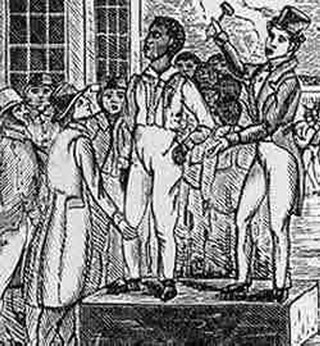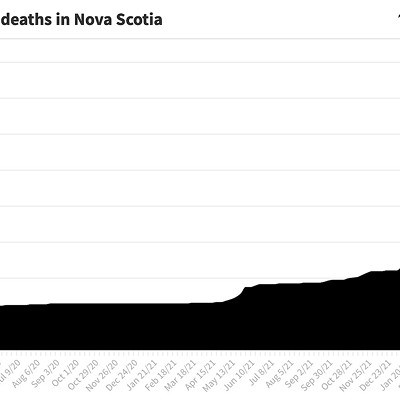Not everyone will feel a sense of Nova Scotian pride this week. King's College professor El Jones believes that the festival is one more attempt to whitewash Nova Scotia and ignore the troubled history of the largest indigenous black population in Canada.
"When I look at those ships I want you to think about the 400 black men, women and children who would be forced to fit inside. Each slave had two feet by three feet of room. Women were being raped on those ships, people were casually beaten for the smallest infractions," says Jones. "It's a quaint little ship, but this was the Middle Passage. That was their purpose and they came to Halifax to work their trade."
Jones says that Nova Scotia tourism promoters try to present Nova Scotia as a collection of "Scottish, white, bagpipe-playing fishermen so that people from the States can get away from all the black people that live near them." She says the province tries to erase its troubled history with its black population and instead embraces a simpler time when Cornwallis was a hero and Halifax was involved in aiding the slave trade and providing materials for plantations. This festival is just one more example.
"I am not at all interested in this nostalgia that is removed from any context. People say, 'Why not go back to a simpler past?' But it is not simpler if you are, say, a woman, of colour, Jewish---that history didn't include you, so why should you be nostalgic?" she says. As the province sells it, "this is just another nostalgic moment in white history---isn't it great that we are back in the 1800s? People say the modern world is so confusing, so don't we want to go back to those times when we owned slaves? I don't want to go back. I want to go forward."














